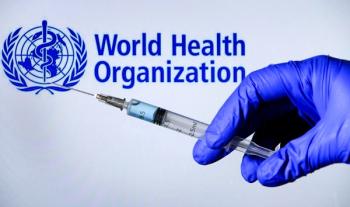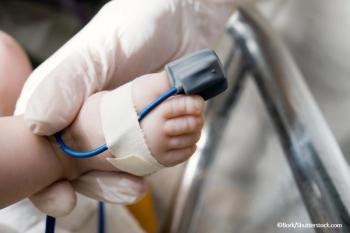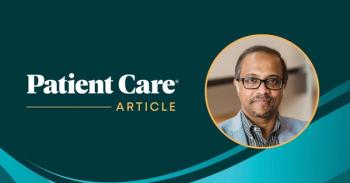
Managing HIV Occupational Exposures: Updated Guidelines
HIV occupational exposure leads to an estimated 1000 HIV infections among healthcare workers every year worldwide.
There are an estimated 1000 HIV infections among health care workers around the world every year attributable to sharps injuries.1 Managing these occupational exposures is an important challenge.
The US Public Health Service has recently updated its guidelines for the management of occupational exposures to HIV and recommendations for post-exposure prophylaxis (PEP). The guidelines were formulated by an interagency working group consisting of the CDC, the NIH, the FDA, and the Health Resources and Services Administration, along with input from an external expert panel.2
The guidelines recommend that whenever possible, the HIV status of the exposure source patient should be determined to guide appropriate use of HIV PEP. The guidelines also recommend starting PEP as early as possible, preferably within hours of exposure.2 Expert consultation is recommended because of the complexity of HIV regimens, but if such guidance is not available immediately, administration of PEP should not be delayed. Follow-up for exposed personnel who begin PEP is strongly recommended within 72 hours and should include counseling, baseline and follow-up HIV testing, and monitoring for drug toxicity.2
The guidelines also strongly recommend post-exposure drug regimens containing 3 (or more) antiretroviral drugs routinely for all occupational exposures to HIV, to continue for a period of 4 weeks. HIV testing is recommended at baseline and at 6 weeks, 12 weeks, and 6 months after exposure; alternatively, testing may be concluded at 4 months, if a newer, fourth-generation HIV antigen/antibody combination test is used for follow-up testing. The guidelines also recommend complete blood cell counts and renal and hepatic function tests at baseline and 2 weeks after exposure.2
Primary care and emergency physicians should familiarize themselves with the updated US Public Health Service guidelines for management of occupational HIV exposures and follow these recommendations in all health care settings to decrease the risk of occupational HIV transmission.
References:
Prss-Ustn A, Rapiti E, Hutin Y. Estimation of the global burden of disease attributable to contaminated sharps injuries among health-care workers. Am J Ind Med. 2005;48:482-490. (
Kuhar DT, Henderson DK, Struble KA, et al; US Public Health Service Working Group. Updated US Public Health Service Guidelines for the Management of Occupational Exposures to Human Immunodeficiency Virus and Recommendations for Postexposure Prophylaxis. Infect Control Hosp Epidemiol. 2013;34:875-892. doi:10.1086/672271. (
Newsletter
Enhance your clinical practice with the Patient Care newsletter, offering the latest evidence-based guidelines, diagnostic insights, and treatment strategies for primary care physicians.






















































































































































































































































































